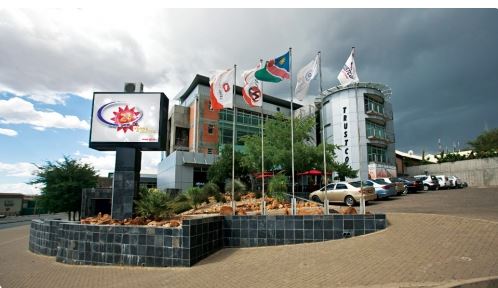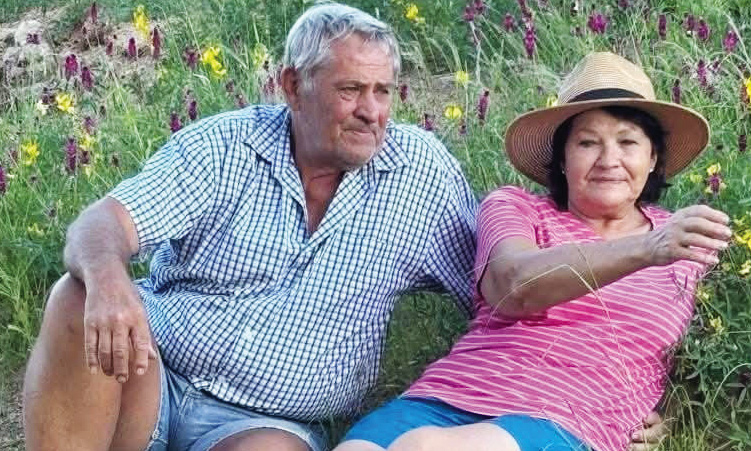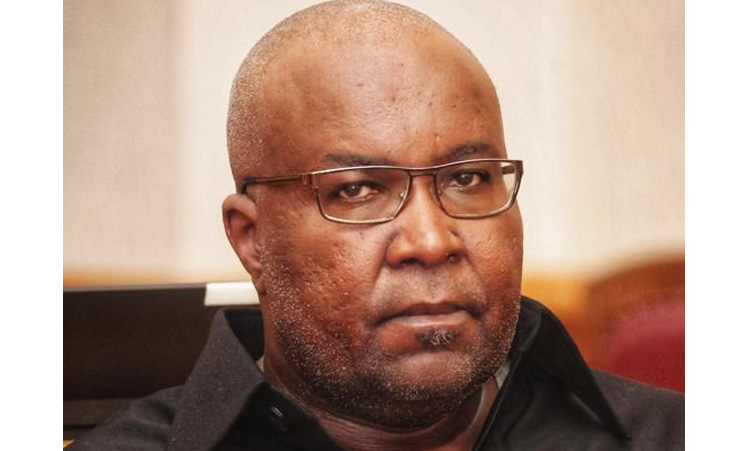URANIUM producer UraMin-Areva Resources Namibia has proposed that Government drop plans to build a second desalination plant, and instead expand the plant currently being built by the company.
The mining company, a subsidiary of the French energy giant Areva, recently submitted a proposal to the Ministry of Agriculture, proposing that ‘the Ministry weigh the potential advantages of co-operation in the current plant before proceeding with the second one’.
This follows an announcement made last year by the Ministry, of its intention to build a second desalination plant at Mile 6 at an estimated cost of between N$1 billion and N$2 billion. ‘Not only is the current plant near completion, but its expansion will cost a fraction of building a new one,’ says UraMin-Areva Resources Namibia.
Work on the current desalination plant – a US$230 million joint venture between UraMin and NamWater situated at Wlotzkasbaken, 30 km north of Swakopmund, and the first of its kind in Namibia – has reached an advanced stage, and is expected to be commissioned by the end of this year.
But Andrew Ndishishi, Permanent Secretary in the Ministry of Agriculture, Water and Forestry, who is chairing a Government-appointed task team on the construction of the plant, is non-committal about UraMin’s proposal, noting that it is just one of 21 proposals his Ministry has received.
‘At the moment we are finalising the terms of reference for the construction of the new plant, and once these terms of reference are completed, people will be invited to tender for the project,’ Ndishishi says of ongoing consultations on the various proposals.
He adds that the Ministry plans to finalise the terms of reference by the end of this week.
Asked whether scrapping the construction of a new plant and instead expanding the Wlotzkasbaken plant is even an option, Ndishishi says ‘this will depend on the formula used and the terms of reference’.
He says the envisioned plant is expected to be completed within 18 months of the tender being awarded.If Government goes for a new plant, it would be situated at Swakopmund and is expected to supply 90 million cubic metres of water per year for both domestic and commercial use, particularly to prospective uranium mines in the area.
The Chamber of Mines, asked about what it believes would be the best option, says that it would ‘obey the laws of the land,’ whatever decision is made, but hopes that Government ‘will proceed sooner than later’ to solve water needs at the coast.
Dr Wotan Swiegers, Principal Advisor on Health and Environment at the Chamber, yesterday told The Namibian that there are merits in both options.
He said the task team had invited proposals on how to proceed with the construction of the plant, noting that whatever decision Government made would be an informed one given the range of proposals in this regard, and additional information at its disposal.
He noted, however, that from the Chamber’s perspective, the use of the old footprint already created by the construction of the current plant, with a second intake for NamWater, would have the smallest environmental impact.
Nevertheless, Swiegers’s primary concern is that Government should move speedily on the construction of the plant. ‘Once completed, we could turn this desert into a garden,’ he said.
nangula@namibian.com.na
Stay informed with The Namibian – your source for credible journalism. Get in-depth reporting and opinions for
only N$85 a month. Invest in journalism, invest in democracy –
Subscribe Now!










